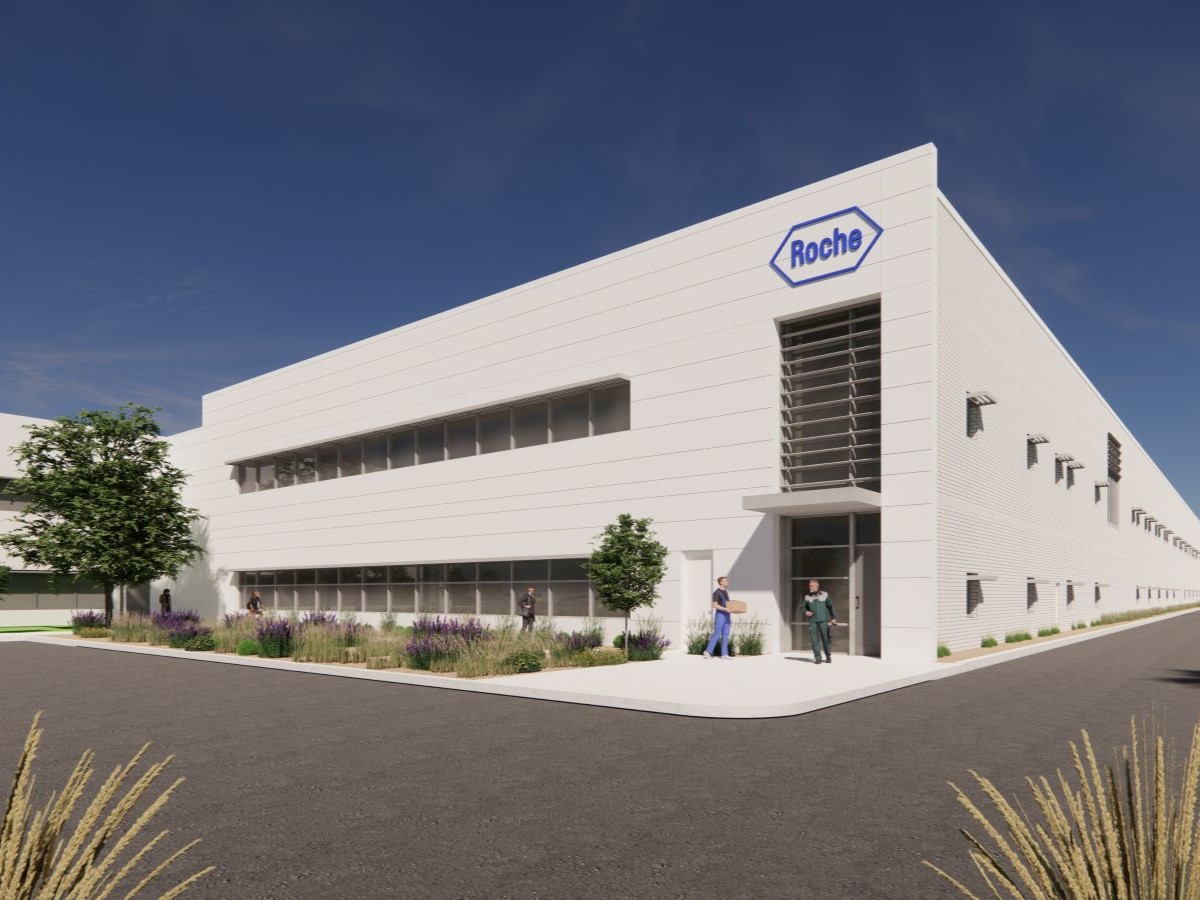The Digital Twin Blueprint for the Future
This operational technology plays a key role in intelligent, optimized and efficient building operations, according to Deloitte’s John D’Angelo.
One of my colleagues uses the phrase, “laser light show” to describe something surrounded by much fanfare, but for which there is usually little underlying substance. A few years ago, when building digital twins occupied space in the then-current hype cycle, that phrase often came to my mind. Now that they’re arguably no longer in the hype cycle, we’re having more productive discussions about the application of digital twins in commercial real estate, and I’m increasingly of the mind that there’s value in deploying digital twins in our industry, both for the existing and emerging built environment.
Particularly for more complicated commercial buildings or critical facilities, digital twins can help optimize integrated operations, provide insights into occupancy and reduce consumption of natural resources. Commercial real estate assets are becoming increasingly intelligent and complicated. And managing these assets and their HVAC, access control and conveyance (elevators, escalators) systems within them is becoming more nuanced. For a very long time, CRE property systems were relatively unsophisticated, with the building systems and components mentioned above being either on or off and set points (when or under which conditions things are turned on or off) controlled and visible only at the building. The complexity and increased capabilities mentioned above are the result of significant advancements in HVAC components with variable capabilities, moving beyond simple on/off functionality.
Sensors that monitor building conditions and occupancy have simultaneously become more sophisticated and less expensive.
The outcome of these advancements is smarter data that digital twins can convert into results. Think of a digital twin as a single pane of glass (metaphorically) through which one can view the various formerly siloed systems and components that exist in a commercial building. While digital twins have many applications and are often used in manufacturing environments and for things like smart cities and transportation hubs, their application to commercial buildings is a relatively new thing (think the last half-dozen years). In any case, a digital twin, in whatever form or application, is a digital representation of a physical thing.

While there are several commercially available building digital twin solutions, there is no standard set of capabilities among these offerings. The most advanced solutions store historical data for trend analysis, provide real-time monitoring and visibility, recommend optimized set points, support scenario modeling and interact with building management systems to optimize operations based on current conditions. In the ultimate application, a digital twin can help bring about an autonomous building.
While implementing and realizing the benefits of a digital twin doesn’t happen overnight, it’s increasingly important for the CDO to understand how the market is evolving, what solutions are emerging and how they are or should be relevant to your portfolio. Gone is the era when core and enabling business technology was distinct from asset operational technology. In its place, we’ve entered an era in which the technology deployed to operate a portfolio should be considered an integrated part of vendor strategy, cyber approach and regulatory and shareholder reporting. In short, this particular laser light show has underlying substance that the CDO needs to understand and consider as part of the core technology environment of the enterprise.
I’m excited about the value that digital twins can bring to commercial buildings. They’ll help us collectively move on from commercial properties where the systems are defacto running to fail and where the set points are visible only to the engineering team at the property. Ultimately, they’ll help us run more resource-efficient properties with more comfortable occupants.
John D’Angelo is a managing director with Deloitte Services LP and the real estate solutions leader, designing solutions to address client challenges and push the industry forward. With over 30 years of experience as a management consultant to the global real estate industry, John has helped some of the biggest names in real estate leverage technology and use data to optimize and transform their operations.









You must be logged in to post a comment.